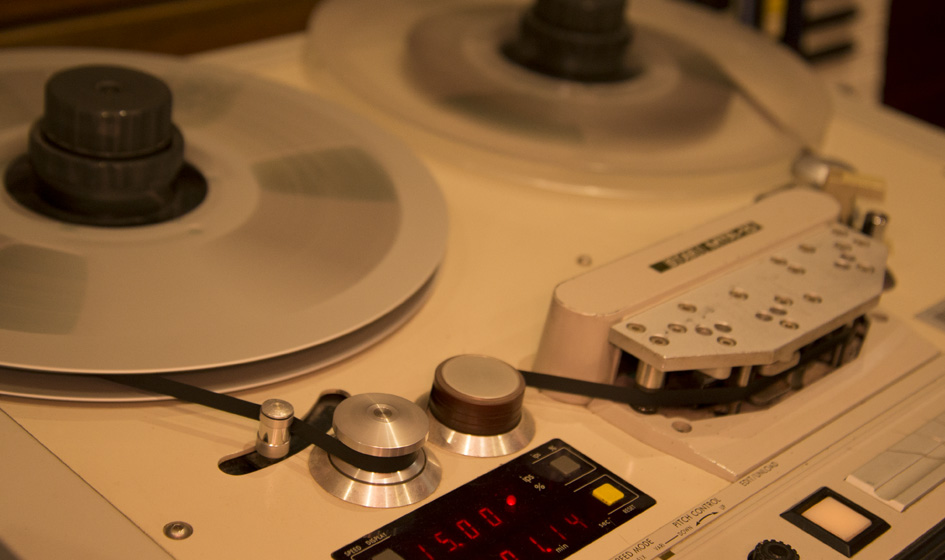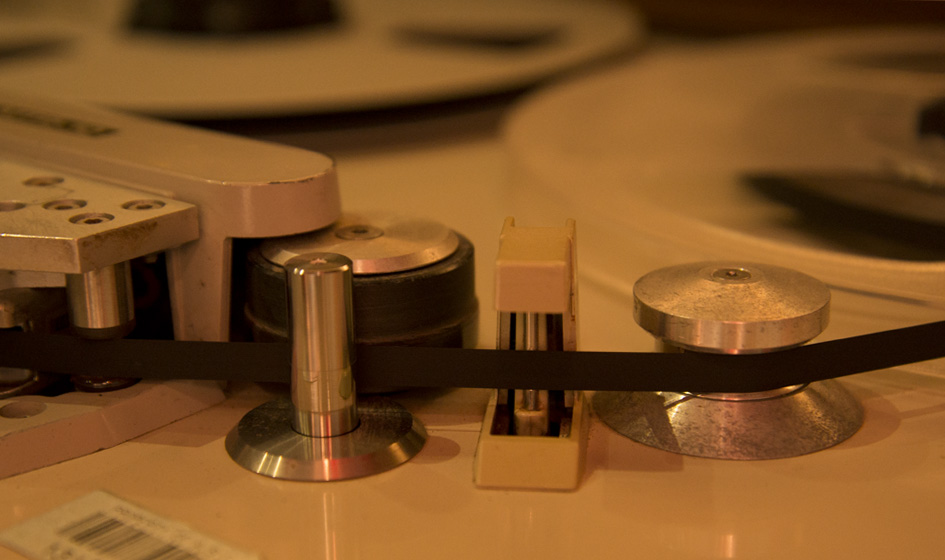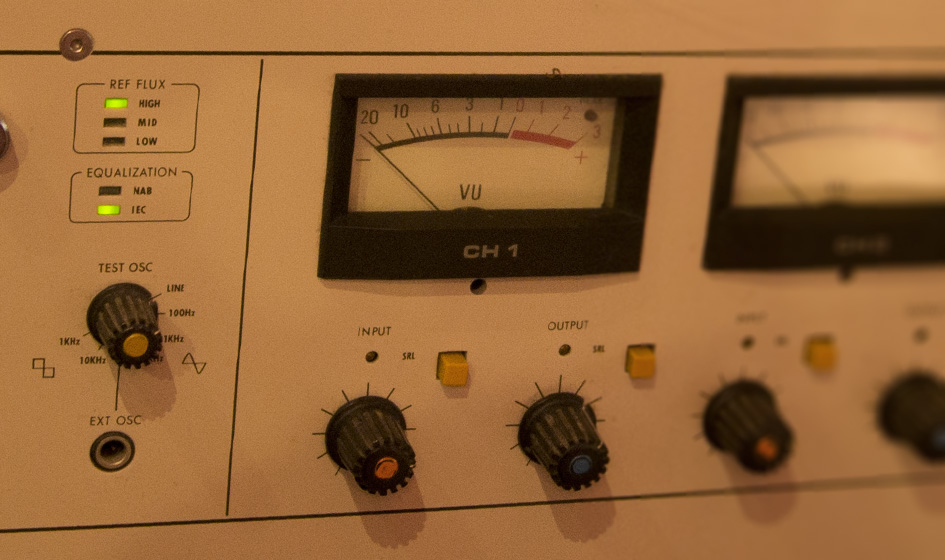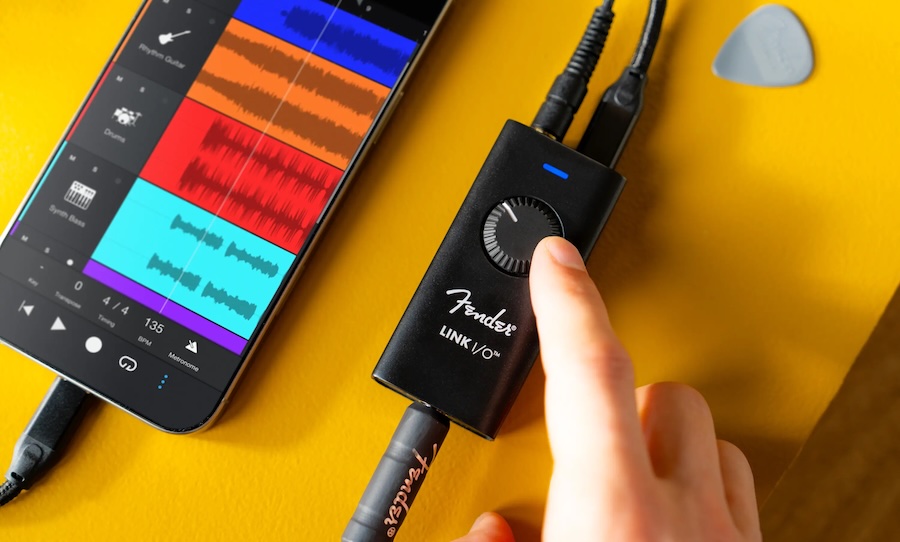There are a few old pieces of music tech that are still present in the digital age. Luckily the magic of tape has held on and analog recording still has its place in the recording world.
There’s a reason that audiophiles and traditionalists still swear by the magic of tape in the modern ‘digital’ age. Where technology has rendered so many staples of the recording world obsolete, the mythical tape machine is still clung to by producers and engineers, sought after by musicians and hunted down by collectors.
A studio with the option to record to tape can seem like the Holy Grail to some musicians. To others, a tape machine would be utterly useless. This doesn’t just apply to electronic artists, but many rockers, bluesman and folksters simply work in a recording format that tape just wouldn’t fit in to. But for a growing number recording the old fashioned way is the only way. And there’s a pretty good reason why.
When people talk about that ‘tape sound‘ they are most probably talking about ‘warmth’, or ‘analog warmth’. As music developed over the ages, at least until the mid-90s when digital recording began taking over analog as the format of choice for sound engineers, it gradually became crisper and clearer as more and more digital elements involved with recording sound were introduced.
Digital music gear is often attributed to ‘brighter’ sounds – that is, sounds with more high-end frequencies, and analog gear is favoured for having a ‘darker’ or ‘warmer’ sound, with the high end rolled off.
When new, innovative equipment, from recording gear to guitar amps, began to be introduced in the early 1980s, much of it didn’t live up to the expectations that the hype around other modern technology formats had created. People were quick to shun their solid-state amplifiers or digital delay pedals for tubes and analog chips, and tape machines were still the recording medium of choice.
This had flipped completely by the turn of the millennium with digital recording reigning over tape for precision, cost-effectiveness and ease of use. However, Tape never quite disappeared completely. While digital recording techniques ensured precision and opened up an unprecedented amount of options for creating and manipulating sound, for many, there was something missing – that magic of ‘analog warmth’.
In many ways, it was, in fact, the limitations and imperfections of analog tape that are its main attraction in the digital world. Many chases that unmistakable graininess that was inherent to worn tape, or the beautiful ugliness of tape saturation, because for certain types of music, or certain types of musicians, it just sounds better and certainly balances the often sterile sound of digital recording.
Compared to digital recording techniques, tape has a limited frequency response. Loud high frequencies don’t transmit well to tape and because of this the top end tends to lose its boldness when recorded, and the details and clarity within those higher frequencies can be lost. This contributes to what is known as the overall ‘warmth’ of a recording.
While there are many digital tape emulations in modern recording, there is no feasible way for them to impeccably replicate the characteristics of tape – although digital technology has come so far that many may not be able to tell the difference. This can be attributed to the idiosyncrasies in the relationship between the tape and the tape machine itself.
The imperfect nature of a tape machine’s speed control produces what is called ‘wow and flutter‘ or ‘tape warble’. This is caused by the interaction between the taut tape being pulled over the machine heads, causing vibration. The ripple effect of the vibration causes the ‘slack’ tape to wobble, giving it a distinct modulated sound.
While more modern tape machines have almost entirely eliminated this “imperfection”, it is impossible to remove it entirely, and while the effect is quite subtle, it attributes to the overall ‘graininess’ of tape which is so sought after.
The physics involved in recording with tape are complex and ever-changing. They are infinite factors that come in to play when recording to tape which you just don’t get if you have a guitar plugged straight into an interface. There are countless nuances that can be attributed to recording to tape, from the age of the tape to the condition of the tape machine.
Environmental factors come in to play as well – Was the room hot? Were people moving around during the recording? Were bands smoking, spitting, coughing near the tape? All these tiny details add to the character of the recordings, which, no matter how minute, are inherent in their very soul.
There is absolutely no denying the unsurpassable positives that digital recording has bestowed upon the musical world. Today the option to record to tape is rare and expensive, but there is no denying the value of it. Much like tape, the human ear is an analog system.
What we hear isn’t digital, it isn’t perfect. The sound we interpret is intertwined with countless other stimuli – the pops and cracks in our body, the thoughts in our head, the condition of our eardrum, and perhaps this is why people are still so drawn to analog recording. Even though you may not be able to exactly put your finger on it the magic of tape is undeniable – there’s something alive about it, and we can’t see it disappearing completely any time soon.
If a studio with a tape machine – one that is working and ready to go – presents itself, we say jump on it. It’s always good to know the option is there, and for you, the magic of tape could yield incredible results.






